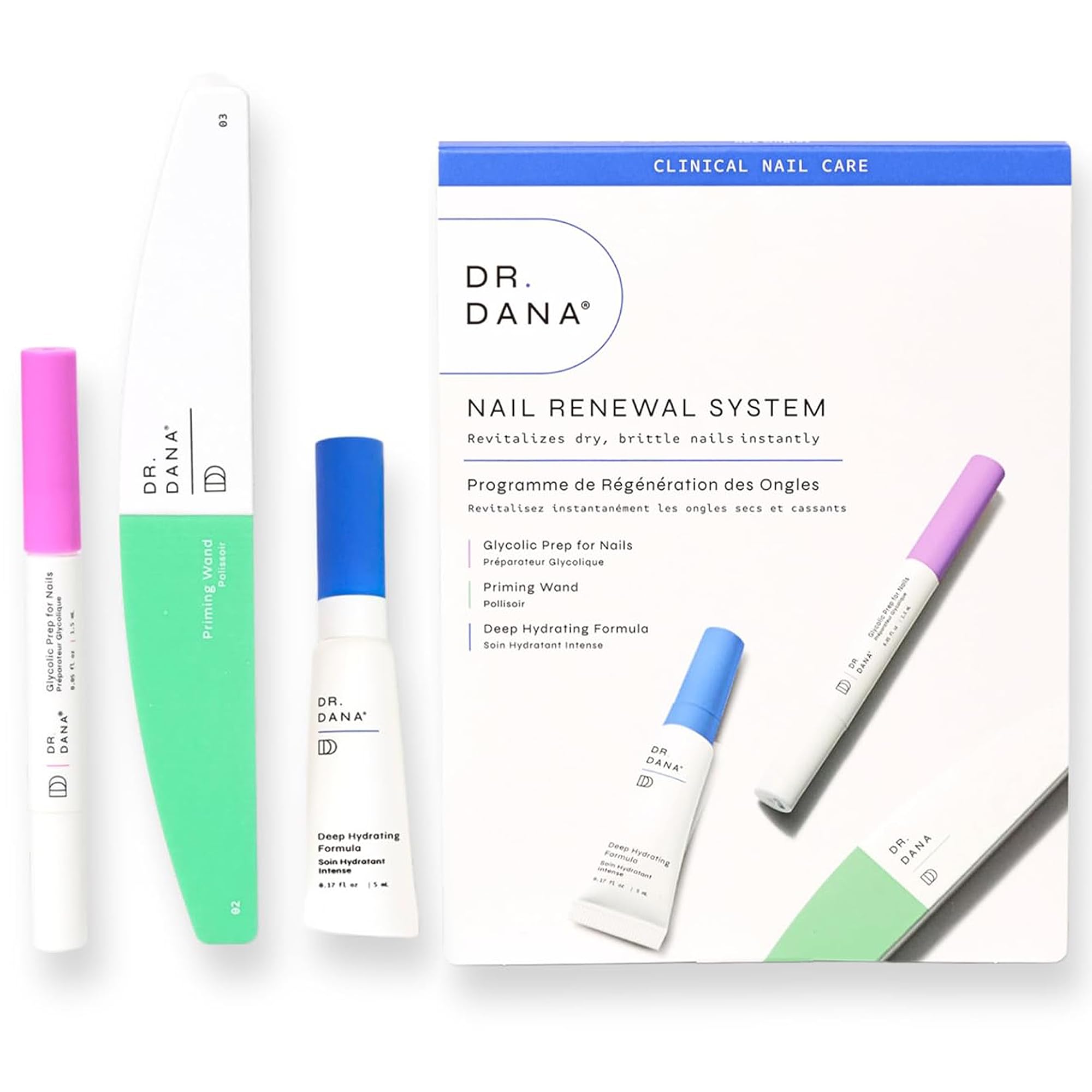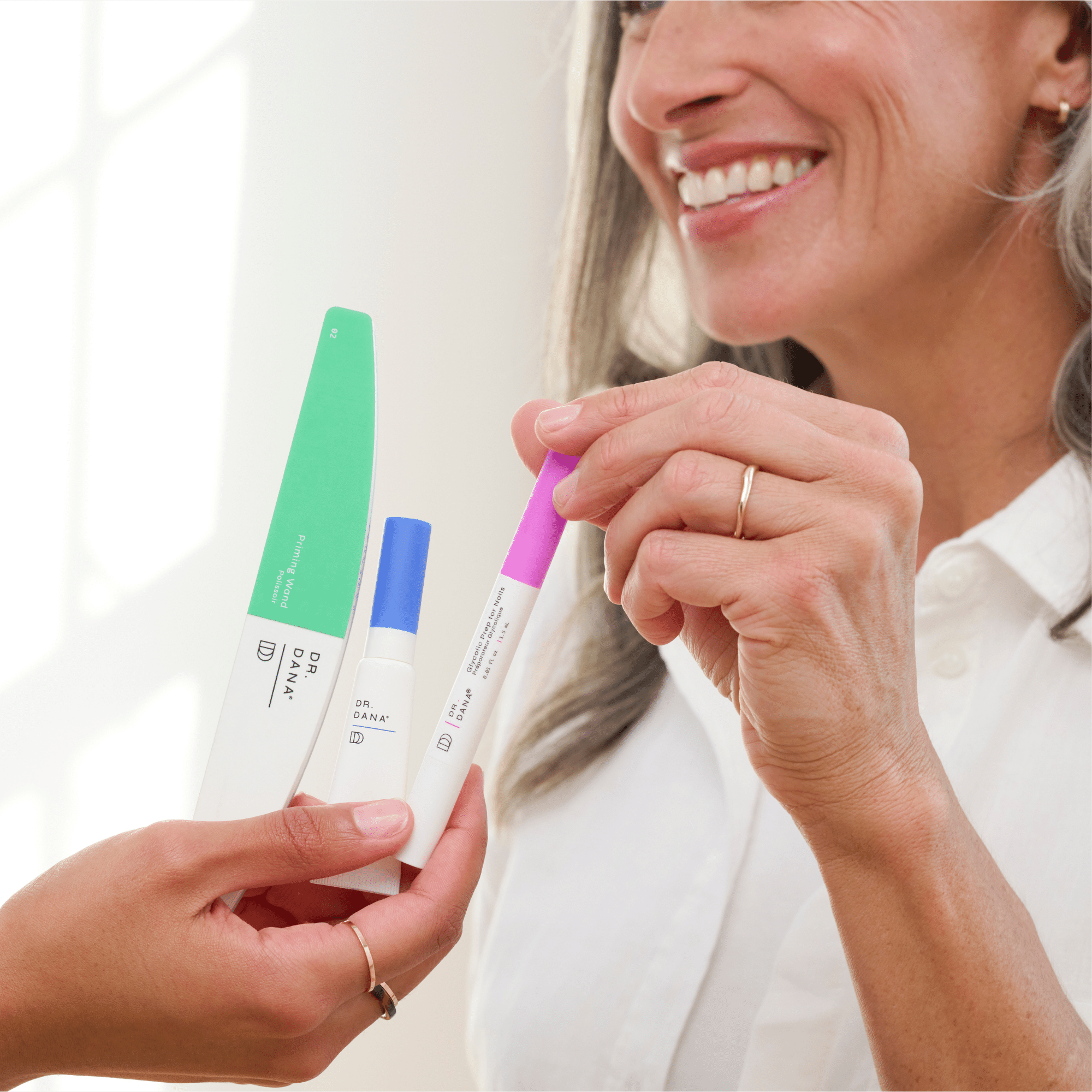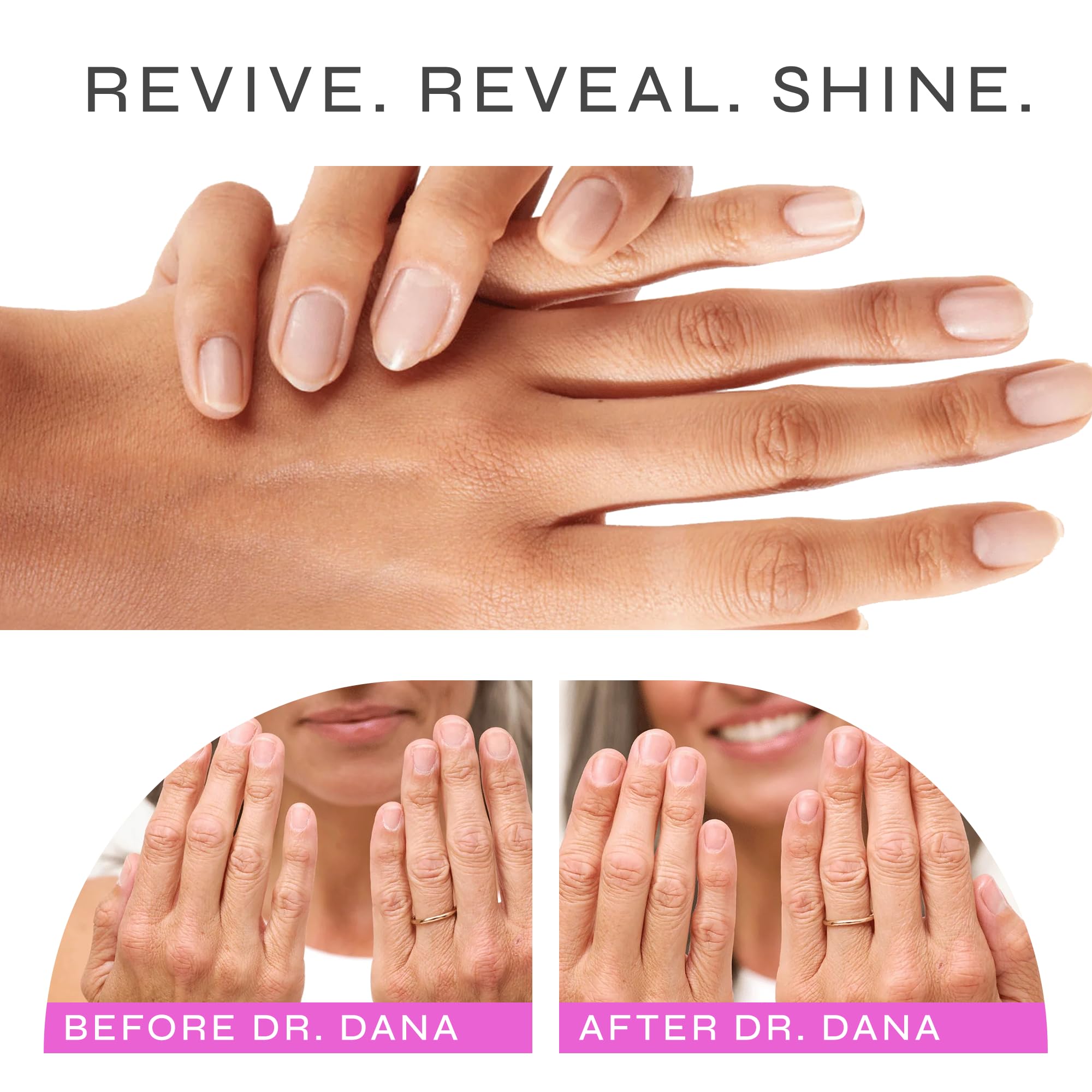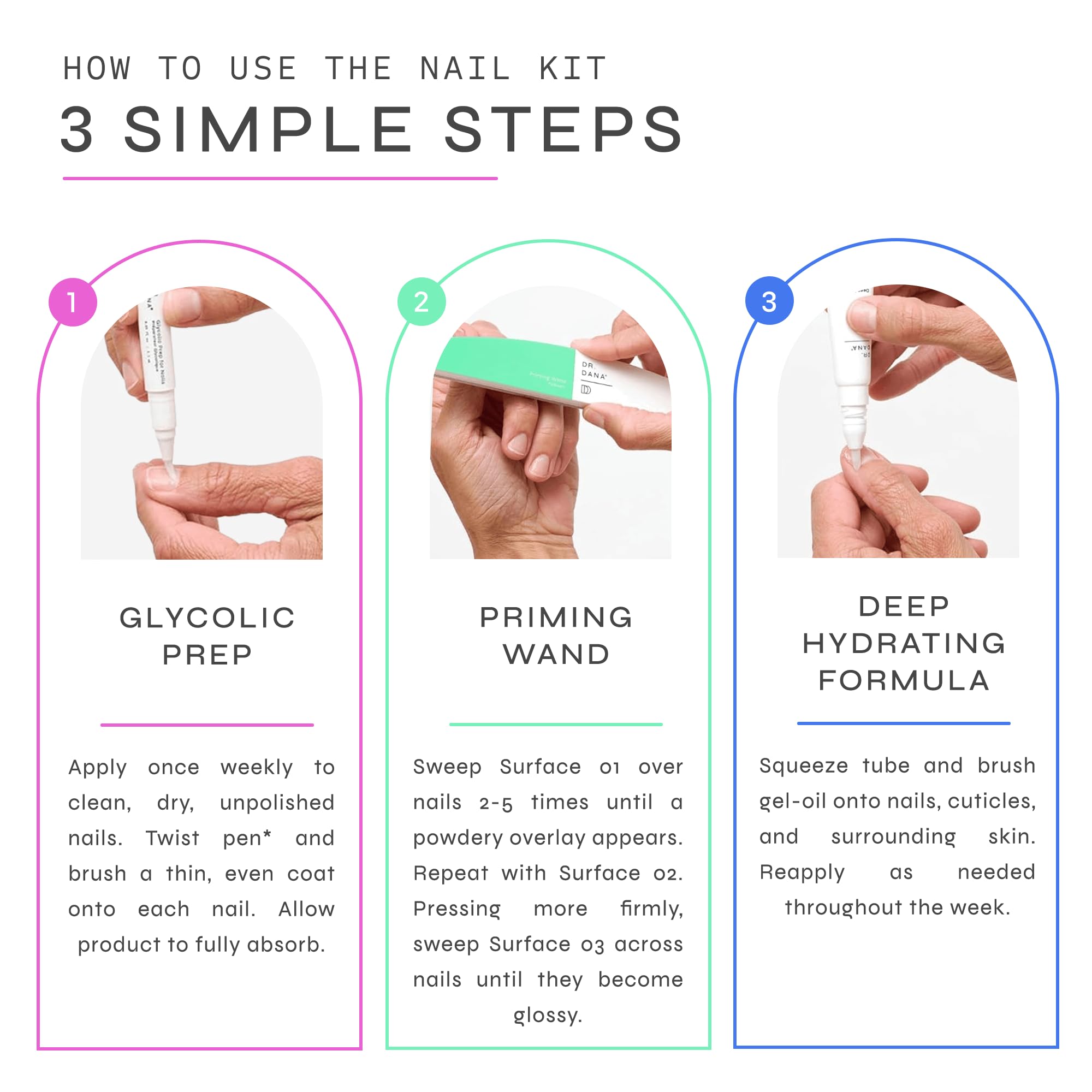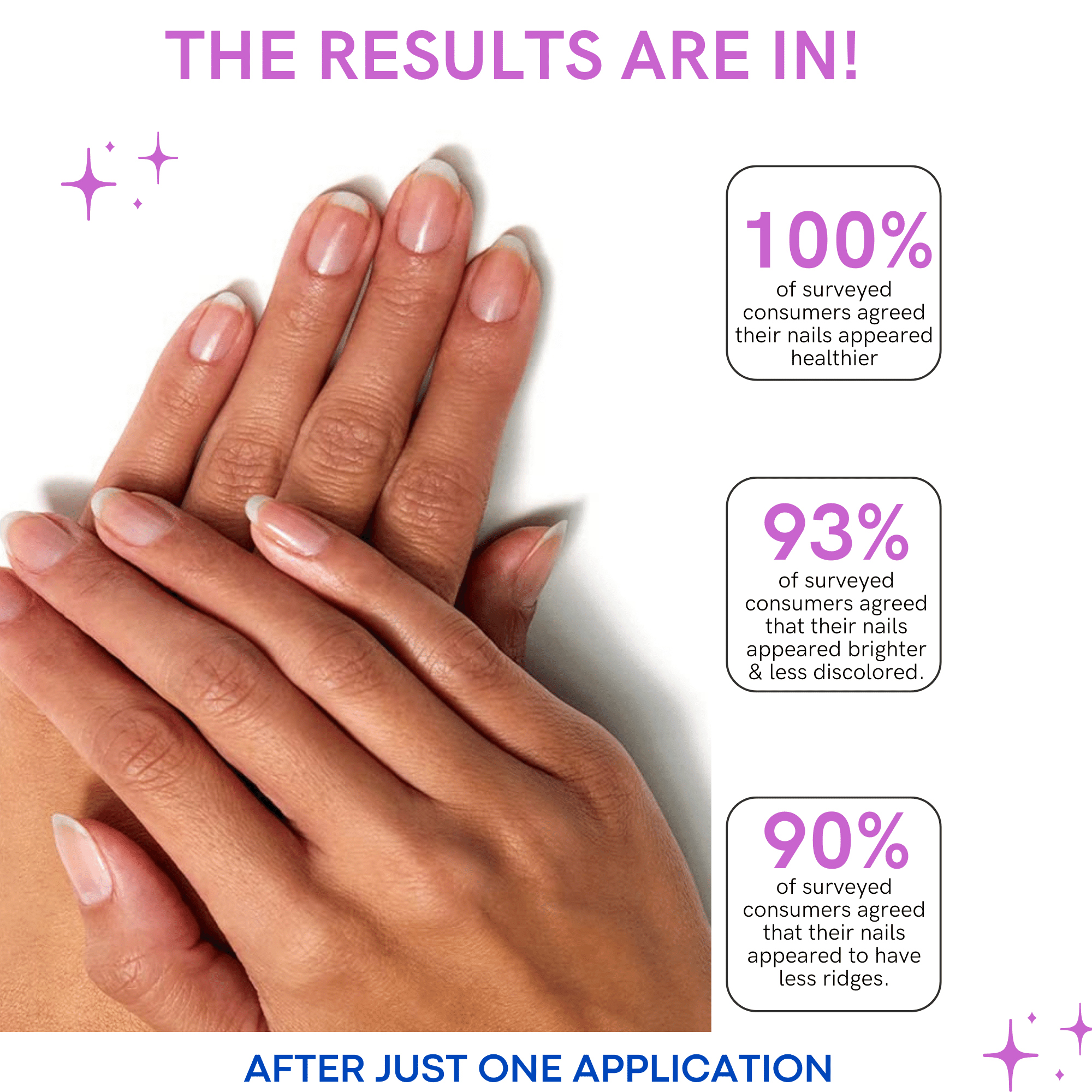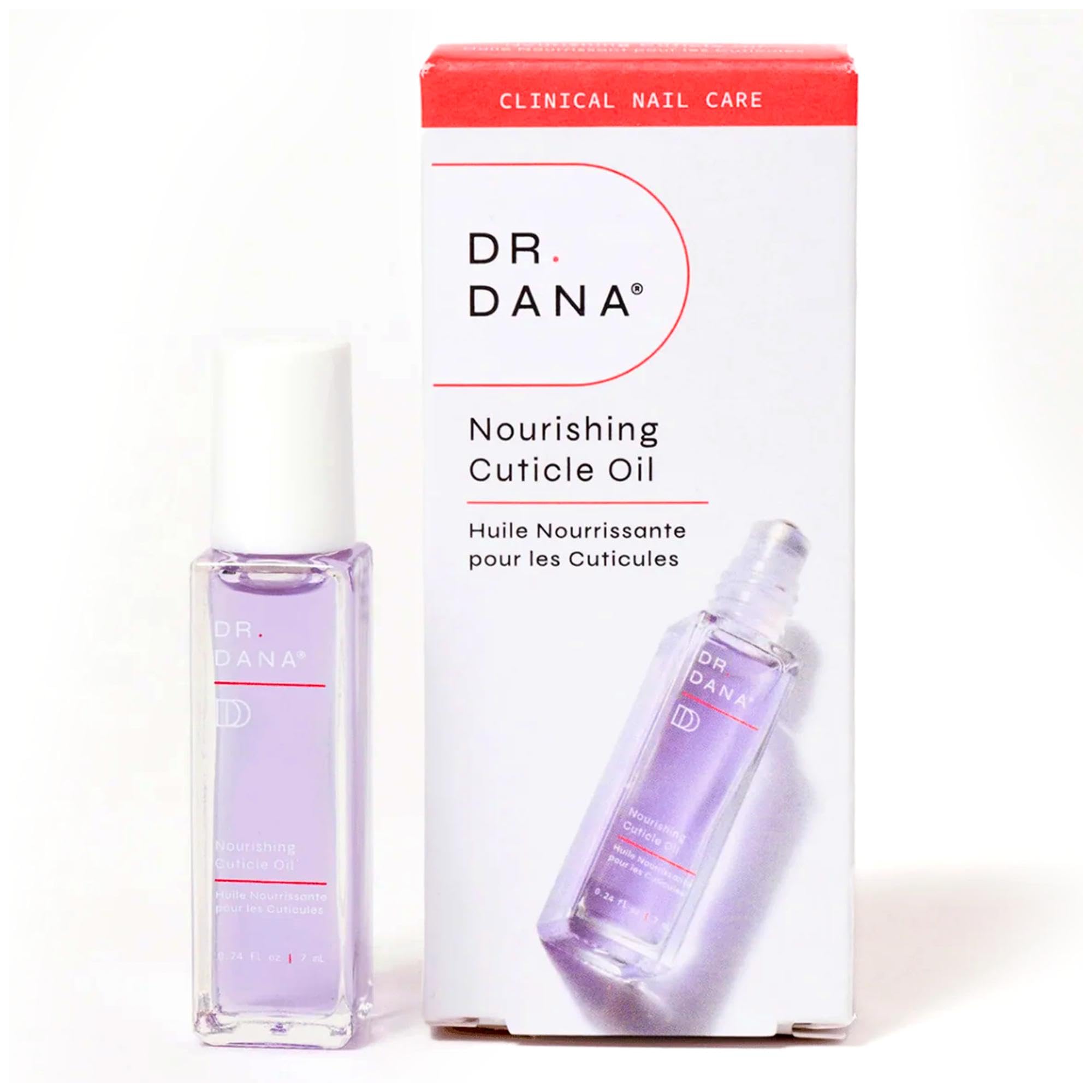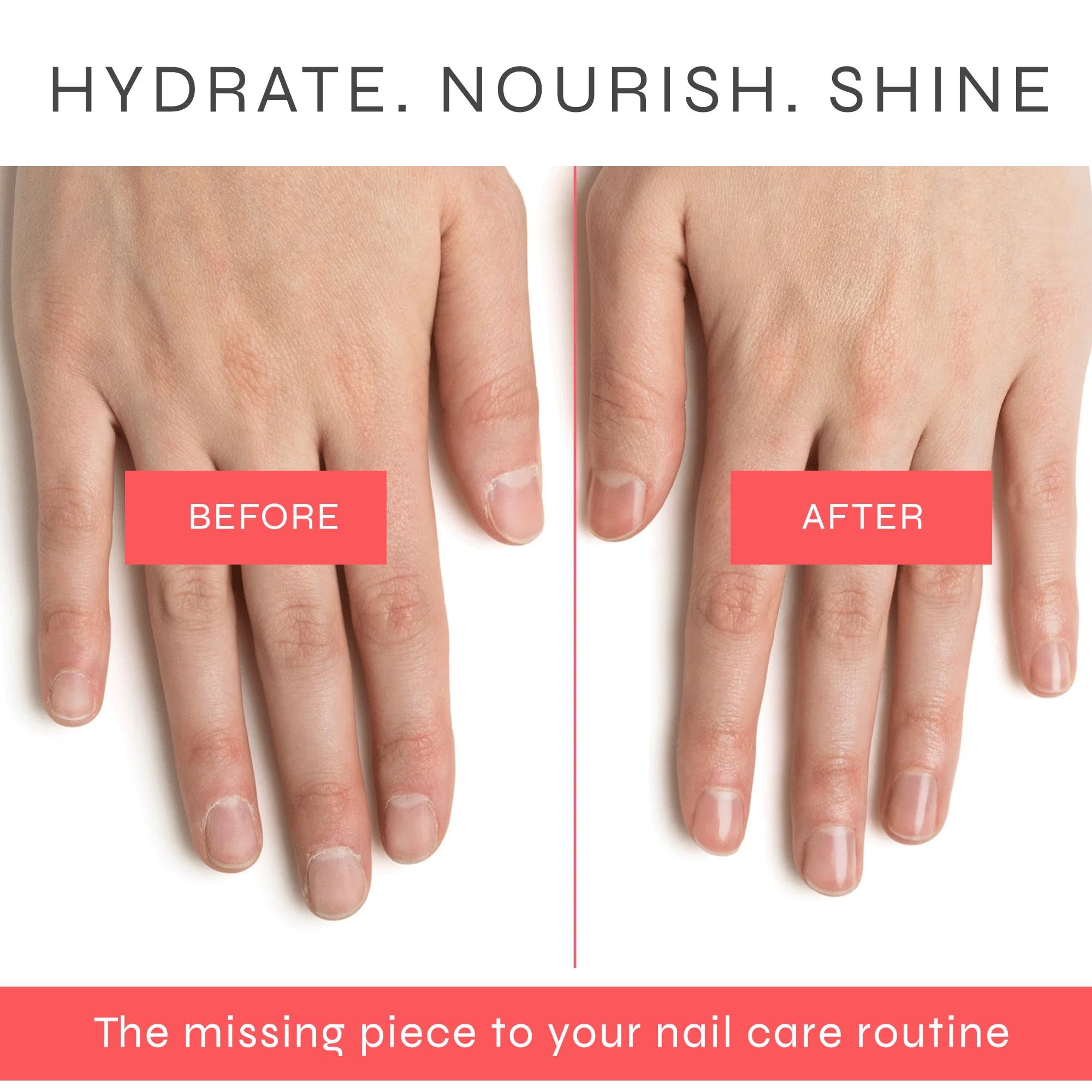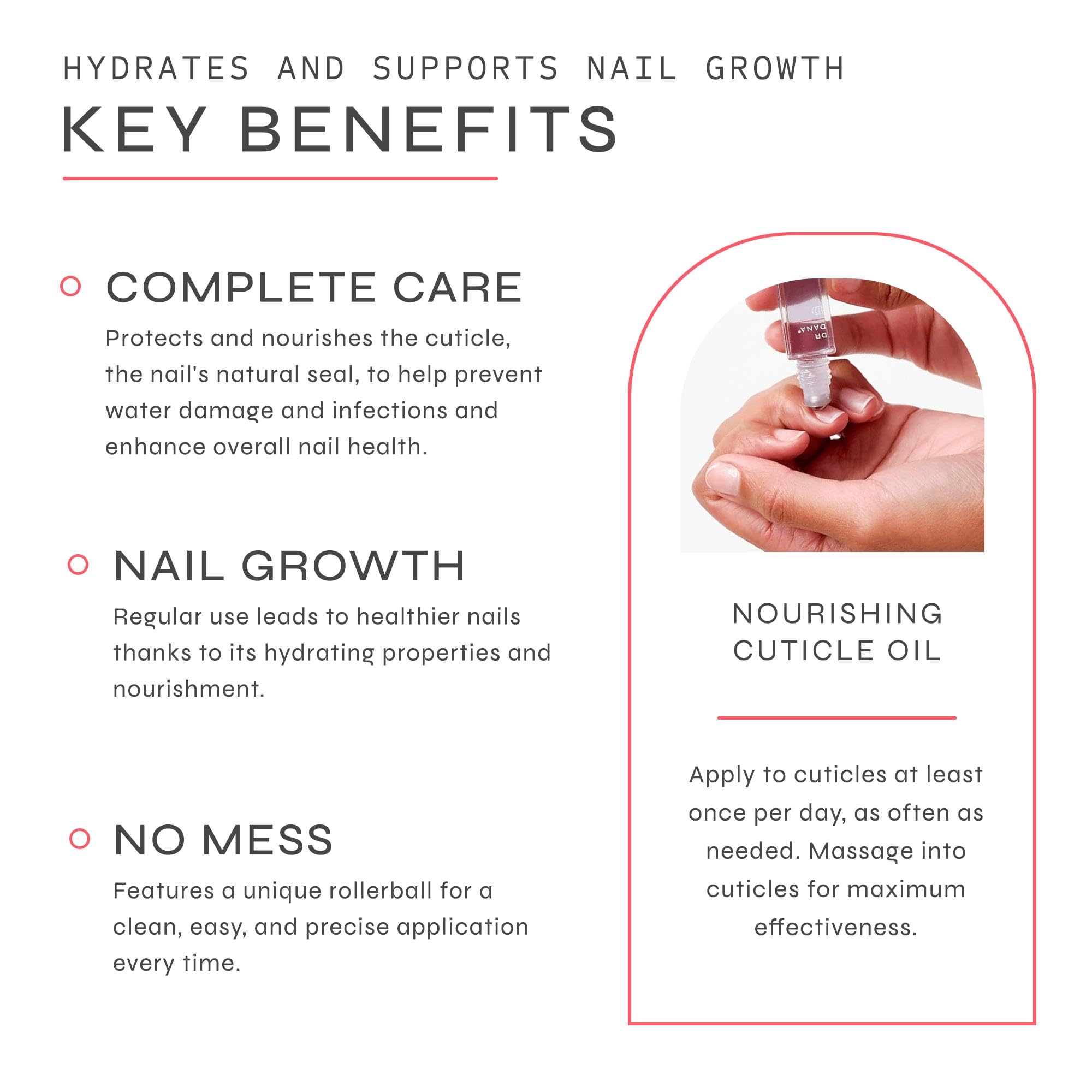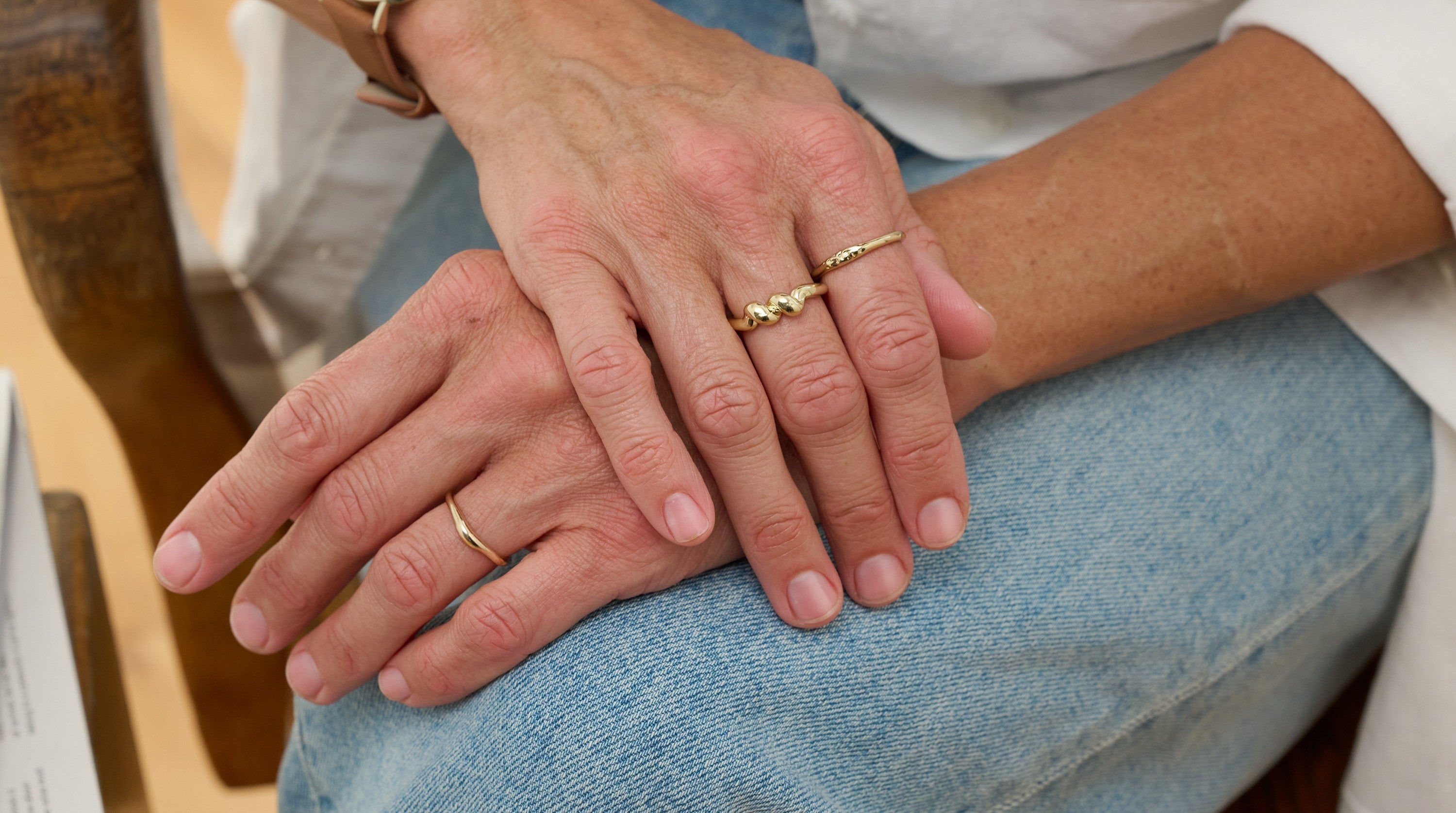The nail salon.
A hallowed place for many—and one that we came to miss greatly during the most intense parts of the pandemic when we really weren’t leaving our homes. Perhaps you mastered some version of at-home gel removal and manicures but now you’re happy to return to a place where a professional is taking care of business.
(And if you love to do your nails at home, much of this advice about manicure tools will apply to you too!)
While many factors—like location, cost of services, and ambience—may weigh into the nail salon you choose, safety and cleanliness must be near the top of the list, as well.
Nail Salon Hygiene 101
It’s always important to take note of (or ask about) the safety practices employed by your salon to prevent the spread of bacteria and other microbes.
First, it’s helpful to understand a few of the key terms that are factors in the hygiene practices of someplace like a nail salon.
- Sanitization: A procedure that leads to proper and thorough cleaning of an object or surface. This can be done via hot water and soap or a dishwasher.
- Disinfection: A process that kills the small # of pathogens remaining on a surface after sanitization. In salons, achieved with liquid disinfectants like alcohol, 10% bleach, or professionally formulated disinfection products. It’s important to note that to be effective, these solutions must be prepared according to instructions—and items must soak for at least 10 minutes. The solutions should be replaced daily or according to manufacturers’ directions.
- Sterilization: This process kills bacterial spores. But unlike disinfection, it uses very high temperatures and pressurized steam to kill pathogens. Places like hospitals, doctors’ and dentists; offices use autoclaves to sterilize—but it is not considered necessary in a salon setting.
Now, we can get into more specifics about what to look out for when picking a spot for your manicure or pedicure.
The Eye Test
First impressions count big time here. When you walk in, ask yourself a few questions.
- Does the overall appearance seem clean? This includes the floors.
- Are the technicians’ licenses displayed and up to date and do the photos match up with said technicians?
- Do the technicians wash their hands before and after each client?
- Are the products properly sealed in well-labeled containers?
- Is the salon well ventilated?
Inspect the Nail Files and Other Manicure Tools
You want to make sure that everything used on your hands or feet is being sanitized and disinfected properly. And it’s absolutely fine to ask about how this is done if you’re not clear. Don’t be embarrassed!
Now, sometimes salons use one-time use products, meaning they are only used on one client and then thrown away—or given to the client to take home. This can often include items such as emery boards, orange sticks, pumices, buffers, and toe separators. If items like this are being reused, there may be a cleanliness issue.
Bonus Tips for the Best Manicure (and the Safest)
If you are concerned about the salon adhering to disinfecting guidelines and want to take your health into your own hands, consider bringing your own stainless steel tools and sanitizing them at home by cleaning them in hot, soapy water, boiling, and then drying and storing them in a dry place. Also, make sure that you never visit a salon if you have an open wound or any active infections in the area where you are receiving your service, as this could put you at risk for developing a skin or nail infection. Last (but not least), never ignore abnormalities that appear after a salon service. If you are concerned about an issue—be it an allergy to a product or a possible infection—then seek care from a board-certified dermatologist immediately.
Sustainability and Nail Tools
Obviously being eco-conscious and caring about the environment and sustainability are important factors in making decisions about where you spend your money in all parts of modern life—and that includes your nails and nail care.
Items that the manufacturer designs to be disposed of after one use on a single client are called “disposable” or “single-use”. Reusing these items is considered an unsanitary, improper and unprofessional practice. Some additional examples of disposable items are cotton balls, gauze pads, wooden implements, disposable towels, toe separators, tissues, wooden sticks, and certain abrasive files and buffers. Items damaged during the cleaning and disinfecting process are considered single-use and must be discarded after every client.
While one-time use products are a way for nail salons to stay hygienic, and efficient, they aren’t always the best for the planet Earth as they create more waste. This is yet another reason that bringing your own tools from home can be a great idea. A file like the new Dr. Dana Precision Glass Nail File is non-porous and naturally hygienic, making it a great option. Plus, it helps reduce snags by creating a smooth nail edge. If you do bring your own tools, just be sure that you follow the manufacturer’s instructions to properly clean any items after each use.



